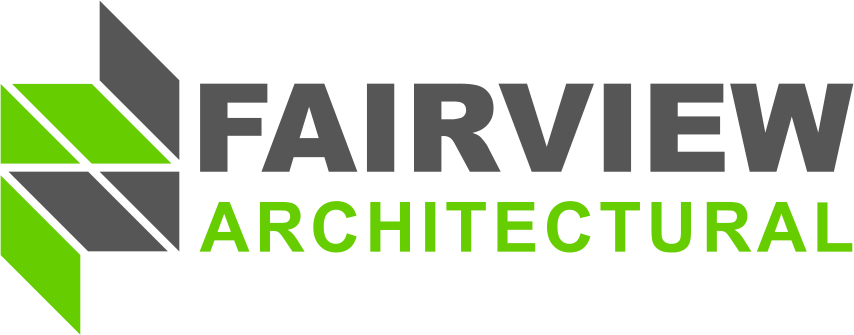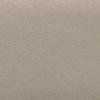There are a lot of aluminum composite materials (ACM) out there on the market today, each with different finishing options. It can be overwhelming trying to decide which material is best suited for your project.
We are big fans of our new product: Vitrabond with a new chromate finish. Curious to learn more? Keep reading to learn why our new chromate finished ACM products could be perfect for your next job.
What is the rear skin of ACM products?
ACM is made of two aluminum skins with a composite core in the middle. The front skin is the finished skin. It has a special finish with a protective film that gets removed on-site after installation.
The rear skin of ACM is not visible. However, this skin does serve a functional purpose. When the ACM gets routed, folded, and assembled into panels, there are extrusions fastened to the perimeter of the panel as well as stiffeners that go across the panels at the rear inside. These extrusions and stiffeners are adhered to the rear skin with either a structural tape or a structural liquid adhesive.
Why is a chromate conversion coating necessary on ACM?
To ensure strong adhesion of any adhesive product, the aluminum gets a chromate conversion coating first. Applying a chromate solution to clean aluminum produces a thin, gel-like film (sometimes called a chemical film), which is an integral part of the metal itself. This chromate treatment produces an effective paint bond through molecular adhesions. The film is bound to the metal, which in turn offers the same quality adhesion as an organic coating.
The coating is done prior to the priming of any painted product. This creates the best finish for adhering to the structural silicone adhesive or the structural adhesive tapes used for the stiffeners.
Does chromate coating prevent corrosion?
The film created by the chromate coating also reduces creep corrosion and forms an effective barrier against corrosive attack through pores or scratches in the paint. The coating also creates a self-healing surface so that if it gets scratched, it repairs itself whilst maintaining its anti-corrosion properties. These factors make the chromate coating the key in corrosion prevention for ACM.
Also, when coated with the chromate conversion coating, the rear skin of the Vitrabond material does not need to be primed. This puts Vitrabond at an advantage over other brands of ACM that need to be primed to prevent corrosion. The grade of chromate finishing that Vitrabond uses does not require priming to prevent corrosion.
What are the performance benefits of chromate coating on ACM?
• Excellent corrosion protection
• No measurable build-up
• Superior bonding
• Ability to withstand abrasions of a non-cutting nature
• Self-healing scratches in the film
Is chromate conversion coating a mill finish?
It’s important to note that although it may look like a mill finish, Vitrabond materials are not mill finished. Instead, the chromate conversion coating is a very thin process that converts the material’s surface, in a process that is similar to anodizing.
Ask us about how you can use chromate-finished ACM on your next project today!
Chromate-finished Vitrabond is truly unlike any other product out on the market today. While it might look different than other products, it is a superior product that could be perfect for your next project. Contact our team today and we’ll be happy to answer any questions you have about our chromate-finished ACM.







